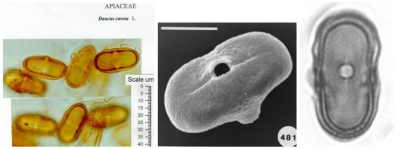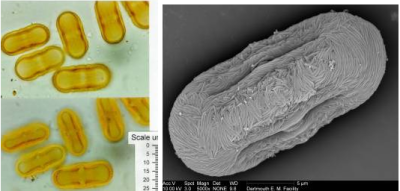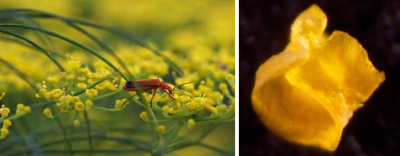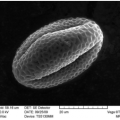Masatoshi sends me an USB microscope to start developing our pollen database. I will photograph pollen brought back by the honeybees, and also pollen found in the garden.
Masa will do the same, and over a while we hope to establish a body of materials, starting to do some machine learning and later do pattern recognition. Another possibility is to compare the microscope pictures with existing pollen databases.
sources:
http://www.geo.arizona.edu/palynology/nsw/shimeld/foeniculum_vulgare.jpg
http://remf.dartmouth.edu/pollen2/pollen_images_3/index.html
http://www.botanicalgarden.ubc.ca/potd/2007/07/foeniculum_vulgare_and_rhagonycha_fulva.php
petal Foeniculum vulgare: photo annemie maes
To classify the pollen images, Masa proposes to use the ELFE algorithm (developed by Sony CSL Paris and Tokyo). ELFE is a a genetic algorithm to categorize content. According the Soney researcher, it is perfectly possible to work this way : ‘Je viens de recevoir un feedback d’un ingénieur de SONY qui s’occupe de ELFE. Il dis que avec la précision des photos des pollens que je t’ai envoyé l’autre jour, on peut compter une haute précision de classification: la variation des traits (forme, couleur, taille etc) parait suffisantpour l’apprentissage.’

photos microscopy series (Daucus carota): Masatoshi Funabashi

Daucus carota
http://www.geo.arizona.edu/palynology/nsw/shimeld/daucus_carota.jpg
http://pollen.usda.gov/AtlasSEMPlates/Plates%2081_90/Plate%2082.htm
http://pollen.usda.gov/Light_Micrographs/Apiaceae/Apiaceae.html

photos microscopy series (Fagopyrum esculentum): Masatoshi Funabashi



